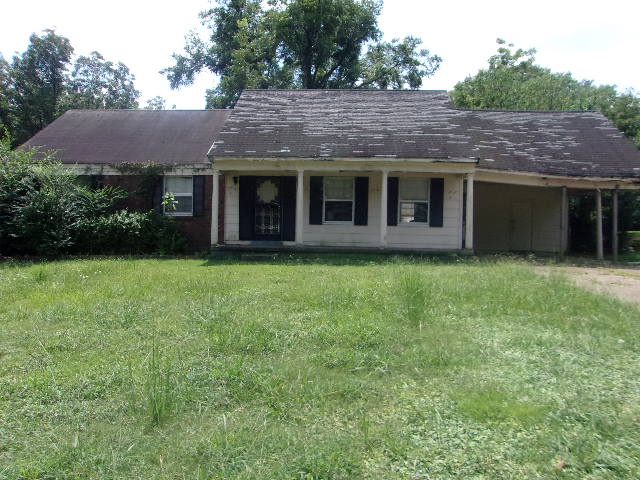 Real estate experts far and wide seem yet to have come to a real consensus about what we can expect from the real estate market as we start a new decade in 2020. It’s true, there are several conflicting factors that could see the real estate market go either way. It’s a mixed bag on whether we’ll see a boom or a bust, if 2020 will be more of the same or if we’ll see some radical shifts in the market.
Real estate experts far and wide seem yet to have come to a real consensus about what we can expect from the real estate market as we start a new decade in 2020. It’s true, there are several conflicting factors that could see the real estate market go either way. It’s a mixed bag on whether we’ll see a boom or a bust, if 2020 will be more of the same or if we’ll see some radical shifts in the market.
Truth be told, no one can truly predict the market. We can make best guesses based on statistics and trends but never truly know until the market moves. However, that doesn’t mean real estate investors can’t prepare for the future.
Here’s a closer look at the trends emerging on the eve of 2020...and how passive real estate investors should respond.
3 Major Factors Shaping the 2020 Real Estate Market
Net Migration to Smaller Inland Cities
According to MarketWatch, the cities that will see significant growth in real estate demand and growth are smaller inland cities. This includes Memphis, Tennessee, just as a note. What we’re seeing is a priority shift from the expensive large and coastal markets due to rising unaffordability in markets nationwide. These “sister cities” — that is, smaller markets closer to large, attractional markets — are expected to flourish in the coming year.
Affordability plays a huge role in this expected migration. With jobs becoming more and more flexible with remote workers, freelancers, and other arrangements, it’s easier now than ever before to pick and choose where you live. For today’s real estate market buyers, affordability plays the biggest role in this selection.
Because home prices are becoming increasingly unaffordable, we will most certainly see growth in markets that have a historically lower cost of living, especially those in proximity to other major towns and cities.
Inventory Will Be a Big Problem
One of the biggest contributing factors to rising home prices is the distinct lack of inventory combined with high demand. Forbes reports that, according to CoreLogic, home prices could increase by 5.6 percent by next September. While listings are going up, there are not nearly enough to meet the pent-up demand from homebuyers.
As a result, we’ll see prices being squeezed to rise right out of the 2020 gate.
But why is inventory such an issue in today’s real estate market? There are a few factors. According to an article by Newsweek in the summer of 2019, home building is so slow that it is barely keeping up with the number of households in the country. Even though homebuilding has risen continually since 2011, the number of homes built pale in comparison to previous decades.
Additionally, we are seeing a shift back in length of homeownership. This is keeping existing homes off of the market more in addition to slow growth in new inventory. Studies show that the average homeowner stays in their home for just over 13 years. In 2010, that average was 8 years.
Outpriced Buyers Will Stall the Market
Tight inventory isn’t necessarily a bad thing. The rising of home prices, generally speaking, is a good thing. Though it may present challenges for today’s homebuyers, it does prevent a real estate market bust, at least for the time being. Remember, however: recessions aren’t something to fear regardless. They are a natural part of the real estate cycle and we are, in fact, overdue for that state of affairs.
Be sure to check out: A Turnkey Investor's Guide to Navigating a Housing Recession
It is expected that home prices will outpace income growth in 80 percent of U.S. markets. Not only that, but the majority of homes being built do not target lower-class individuals or starter homes. As a result, much of what is being built does not target the homebuyers-at-large.
Forbes reports that The Case Shiller Home Price Index hit an all-time average high of 218.27 in September of 2019. As the affordability of homes and life’s necessities come into question, we know that something will have to give in time.
What About Real Estate Investors?
Real estate investors who buy their properties themselves will likely see an increased challenge as inventory remains low and prices rise. That said, turnkey real estate investors have little to fear from the state of the market, as it will not make buying turnkey property more difficult. Your provider already handles these aspects of investing for you.
While there will be challenges facing the 2020 market, we remain optimistic. Not only are secondary markets and “sister cities” expecting to see more demand, but rent prices are expected to rise as well.
Join thousands of successful turnkey real estate investors. Avoid market woes and call your adviser today.












